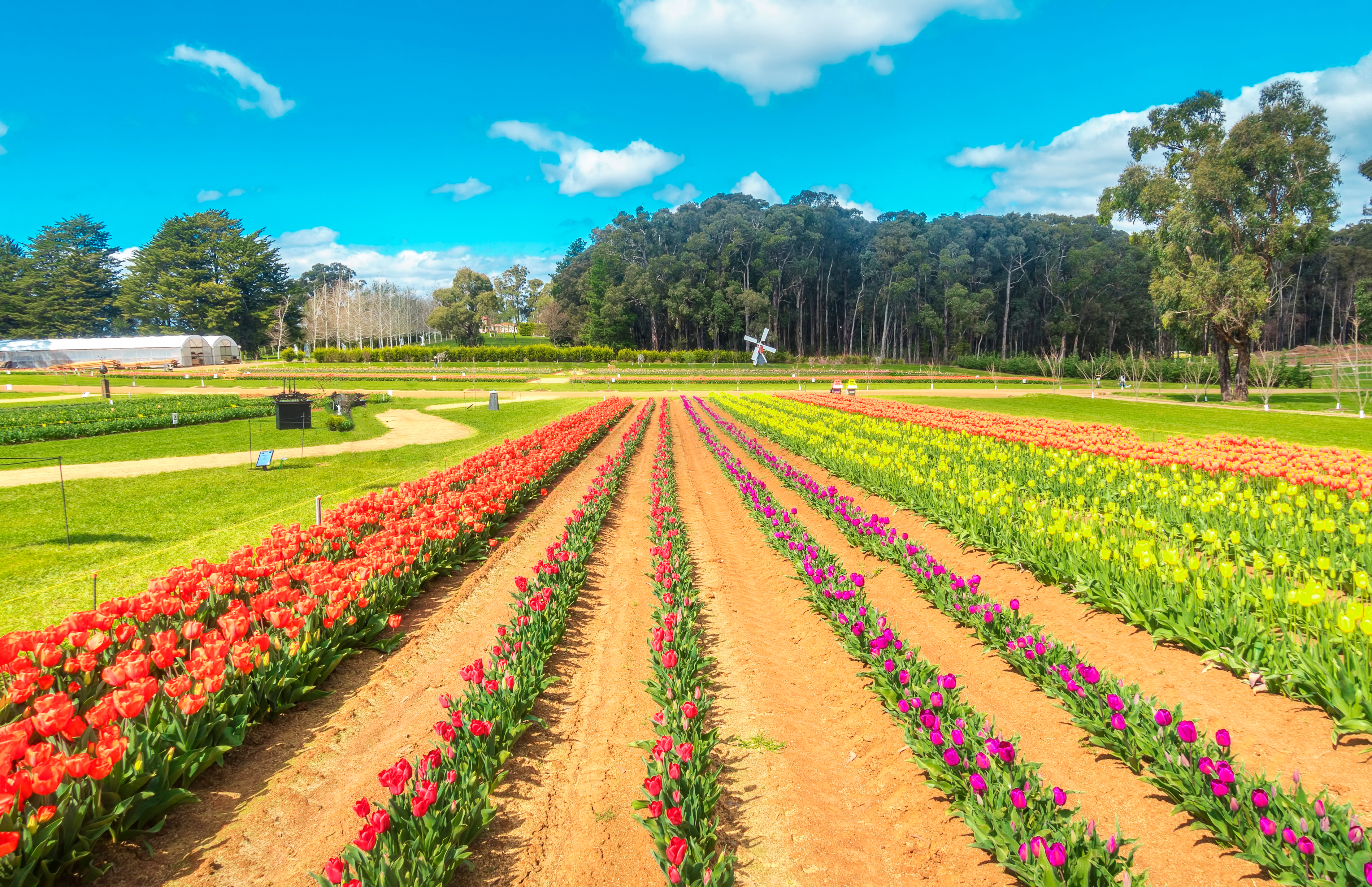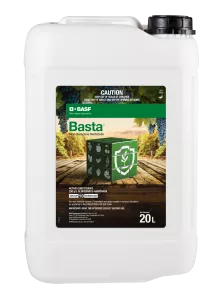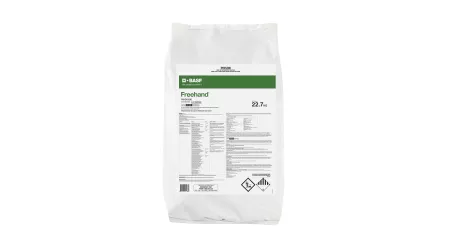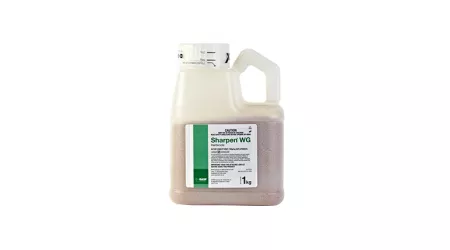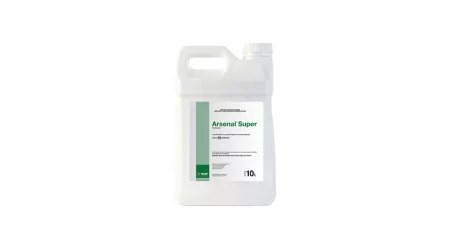Key benefits
- Broad-spectrum weed control capabilities of numerous annual and perennial weeds
- Faster, quicker knockdown than glyphosate
- Inhibits weed seed development
- Group 10 herbicide
How it works
The active ingredient in Basta® is glufosinate-ammonium, a Group 10 herbicide which works by inhibiting the enzyme glutamine synthetase. Lack of glutamine synthetase leads to plant death through multiple disruptions of the plant metabolism, including the breakdown of photosynthesis. Despite the absence of visual symptoms, the treated plants stop growing within the first day after application of Basta. Complete death of the weeds usually occurs between two and two weeks after treatment.
More about Basta
-
Situational Use Pattern – Industrial Weed Control
Basta Herbicide offers a versatile situational use pattern perfect for industrial weed control spray programs. Suitable for use around commercial and industrial areas, rights of way and other non-agricultural areas. Basta Herbicide controls over 80 troublesome weeds and offers an alternative mode of action to glyphosate resistant weeds.
-
Situational Use Pattern – Nursery & Surrounds
A broad-spectrum herbicide for use in nursery stock (seedlings, plugs, potted colour, trees, shrubs, foliage plants, palms, grasses, fruit trees, cut flowers), Basta can be applied through a boom spray or handgun. Basta herbicide can be applied as necessary to actively growing weeds up to a maximum of three applications per season. Despite its versatility, nurseryman should avoid spraying Basta when crops are in flower or fruiting.
Please see our training page here for more resources on Basta
Product suitability
-
Nursery plants
AmaranthApple of PeruArgentine peppercressAwnless barnyard grassBarley grassBellvineBilly goat weedBittercressBlack bindweed / buckwheatBladder ketmiaBlady grassBordored panicBrome grassCalopoCaltropCape tulipCapeweedCentroClover glycineCobbler's pegsCommon morning gloryCommon storksbillCouch grassCow peaCrowsfoot grass / crabgrassDead nettleDwarf crumbweedFat henFlax-leaf fleabaneFumitory (Fumaria spp.)Giant sensitive plantGreenleaf desmodiumJohnson grassLesser canary grassMedicsMintweedNew Zealand spinachPanics (Panicum spp.) / SwitchgrassPaspalidiumPaterson's cursePeanutsPerennial bindweedPigweedPink burr / Urena burrPotato weedPrairie grassPrickly lettuceRed natal grassRyegrassSaffron thistleSago weedScarlet pimpernelSetariaShamrockSheep thistleSida weedSilver grassSilver leaf desmodiumSiratroSorghum/sudaxSow thistle / Milk thistleSquare weedSt. Barnaby's thistleStagger weedStar of BethlehemStink grassSub cloverSummer grassThickheadTomatoTownsville styloTurnip weedVariegated thistleWheatWhite cloverWhite eyeWild carrotWild gooseberryWild mustardWild oats / volunteer oatsWild radishWillow herbWireweed -
Professional Vegetation Management
Volunteer or wildling Pinus spp. -
Wild flowers
AmaranthApple of PeruArgentine peppercressAwnless barnyard grassBarley grassBellvineBilly goat weedBittercressBlack bindweed / buckwheatBladder ketmiaBlady grassBordored panicBrome grassCalopoCaltropCape tulipCapeweedCentroClover glycineCobbler's pegsCommon morning gloryCommon storksbillCouch grassCow peaCrowsfoot grass / crabgrassDead nettleDwarf crumbweedFat henFlax-leaf fleabaneFumitory (Fumaria spp.)Giant sensitive plantGreenleaf desmodiumJohnson grassLesser canary grassMedicsMintweedNew Zealand spinachPanics (Panicum spp.) / SwitchgrassPaspalidiumPaterson's cursePeanutsPerennial bindweedPigweedPink burr / Urena burrPotato weedPrairie grassPrickly lettuceRed natal grassRyegrassSaffron thistleSago weedScarlet pimpernelSetariaShamrockSheep thistleSida weedSilver grassSilver leaf desmodiumSiratroSorghum/sudaxSow thistle / Milk thistleSquare weedSt. Barnaby's thistleStagger weedStar of BethlehemStink grassSub cloverSummer grassThickheadTomatoTownsville styloTurnip weedVariegated thistleWheatWhite cloverWhite eyeWild carrotWild gooseberryWild mustardWild oats / volunteer oatsWild radishWillow herbWireweed
